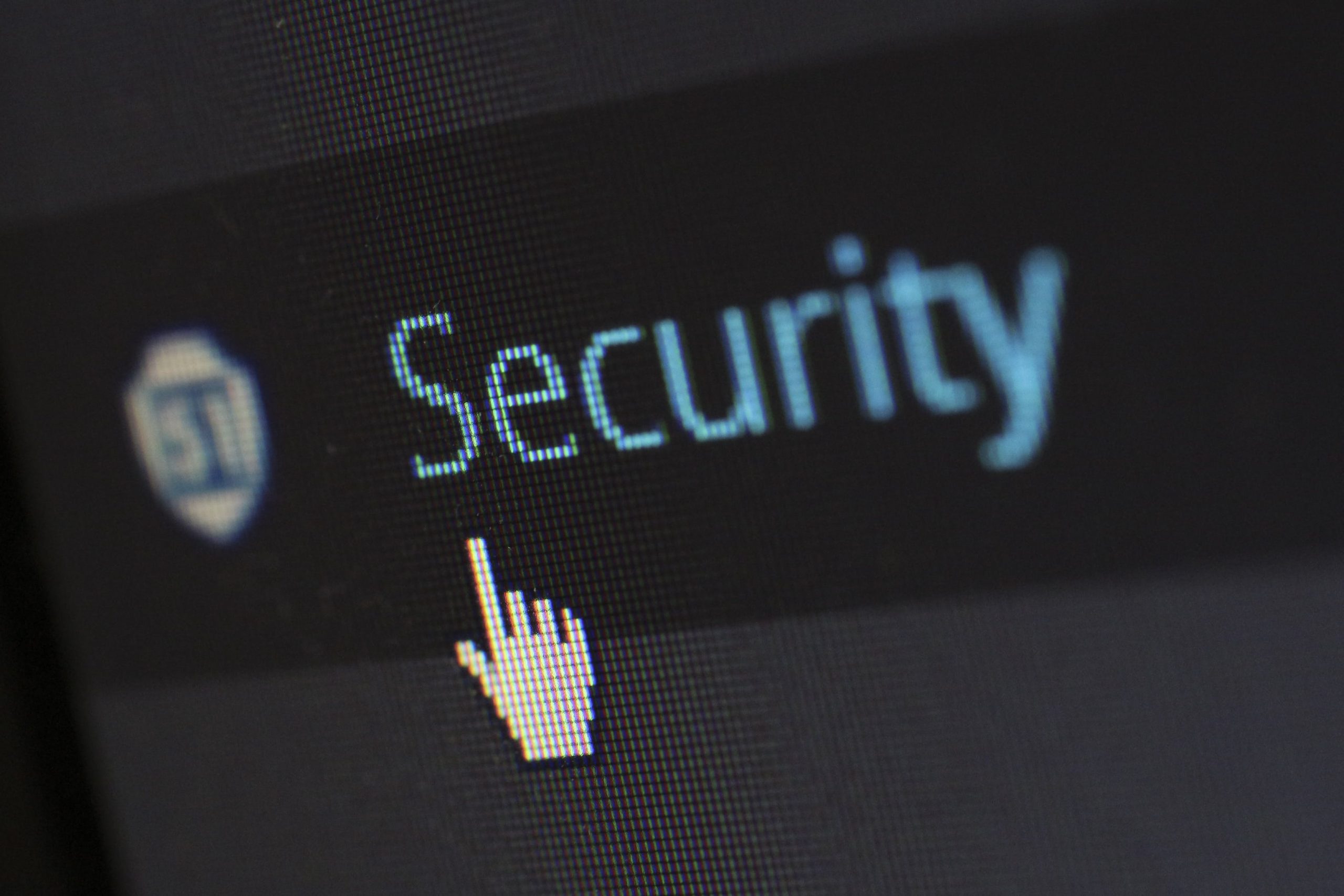Introduction
Remote USRNs (United States Registered Nurses) are changing how healthcare is delivered. These highly skilled nurses work from remote locations, providing medical services and support to patients and healthcare facilities. This setup brings many benefits, allowing for better care even in areas where medical resources are limited.
Remote USRNs manage a variety of tasks, including patient assessments, care coordination, and follow-up consultations. They use advanced technology to monitor vital signs, manage chronic conditions, and offer education and support to patients. This remote approach ensures that patients receive high-quality care no matter where they are located.
The use of remote USRNs helps healthcare providers address staffing shortages and meet patient needs more effectively. By leveraging technology and remote capabilities, these nurses can deliver timely care and support, improving overall patient outcomes. With the increasing demand for healthcare services, remote USRNs are becoming an essential part of the system, ensuring consistent and accessible patient care.
Understanding how remote USRNs function and the advantages they bring to the table can help healthcare providers make informed decisions. Let’s explore more about the role of remote USRNs in healthcare, the benefits they offer, best practices for their integration, and how to evaluate their impact on patient care quality.
The Role of Remote USRNs in Healthcare
Remote USRNs take on many important roles in the healthcare industry. Their primary job is to provide medical care and support from a distance, using technology to connect with patients and healthcare teams. These nurses perform tasks such as patient assessments, care coordination, and follow-up consultations.
One key role of remote USRNs is patient monitoring. They use advanced systems to track vital signs and manage chronic conditions. This allows them to detect any changes in a patient’s health and take immediate action. Remote monitoring helps in preventing complications and ensures timely intervention.
Another vital aspect is patient education and support. Remote USRNs educate patients about their health conditions and treatment plans. They offer guidance on managing illnesses and provide emotional support. This helps patients feel more confident in handling their health, leading to better outcomes.
Remote USRNs also collaborate with other healthcare professionals. They work closely with doctors, specialists, and in-house nurses to create comprehensive care plans. This teamwork ensures that patients receive holistic care tailored to their needs.
Advantages of Using Remote USRNs
Using remote USRNs offers several benefits that enhance the quality of care provided to patients. Here are some key advantages:
1. Accessibility: Remote USRNs make healthcare accessible to patients in rural or underserved areas. They bridge the gap by providing expert medical care where it’s needed the most.
2. Cost-Effective: Employing remote USRNs can be more affordable for healthcare facilities. They save on overhead costs like office space and equipment, making it a cost-effective solution.
3. Flexibility for Patients: Patients can receive medical advice and monitoring from the comfort of their homes. This flexibility reduces the need for frequent hospital visits, saving time and resources.
4. Continuous Monitoring: Remote USRNs use technology to provide continuous health monitoring. This means patients’ conditions are watched 24/7, leading to quick interventions when necessary.
5. Staffing Solutions: Remote USRNs help overcome staffing shortages in healthcare facilities. They provide much-needed support without the constraints of geographic location.
6. Improved Patient Engagement: Remote USRNs maintain frequent communication with patients, fostering a strong patient-nurse relationship. This engagement helps patients stay committed to their treatment plans.
These advantages show how remote USRNs play a significant role in enhancing healthcare services. They make sure patients receive timely, effective, and compassionate care regardless of location.
Best Practices for Integrating Remote USRNs
Integrating remote USRNs into your healthcare practice requires strategic planning. Following best practices ensures a smooth process and effective use of their skills.
1. Clear Communication Channels: Establish reliable communication methods. Use secure video calls, emails, and instant messaging apps to keep everyone in the loop. Regular check-ins and updates ensure smooth coordination.
2. Defined Roles and Responsibilities: Clearly outline what each remote USRN is responsible for. Provide detailed job descriptions and set expectations from the start. Clear roles help prevent confusion and ensure efficiency.
3. Provide Necessary Tools: Equip remote USRNs with the technology and software needed for their tasks. Secure platforms for patient data management and monitoring are crucial. Ensure they have access to all relevant resources and information.
4. Training and Orientation: Offer comprehensive training and orientation sessions. Familiarize remote USRNs with your healthcare facility’s protocols, standards, and systems. Continuous education keeps them updated on the latest practices and policies.
5. Performance Monitoring: Regularly assess the performance of remote USRNs. Use metrics like patient outcomes, response times, and feedback to gauge their effectiveness. Provide constructive feedback and support to help them improve.
6. Patient Feedback: Gather patient feedback about their experiences with remote USRNs. Positive feedback reinforces good practices, while constructive criticism highlights areas for improvement. Listening to patients ensures high-quality care.
Prioritizing these best practices maximizes the benefits of remote USRNs, enhancing overall healthcare delivery.
Evaluating the Impact on Patient Care Quality
Measuring the impact of remote USRNs on patient care quality is essential. Tracking key metrics provides valuable insights into their effectiveness.
1. Patient Outcomes: Monitor health outcomes like recovery rates, complication rates, and overall patient health. Improved outcomes indicate effective remote nursing practices.
2. Patient Satisfaction: Conduct surveys to measure patient satisfaction. High satisfaction scores suggest quality care and good patient-nurse relationships. Address any concerns promptly to maintain trust.
3. Response Times: Track how quickly remote USRNs respond to patient needs and emergencies. Faster response times correlate with better patient care and satisfaction.
4. Readmission Rates: Analyze hospital readmission rates to assess the effectiveness of remote care. Lower readmission rates signify proactive and effective remote monitoring and intervention.
5. Follow-Up Rates: Measure the frequency and quality of follow-ups by remote USRNs. Consistent and thorough follow-ups contribute to better patient management and health outcomes.
6. Clinical Errors: Record any clinical errors or issues encountered by remote USRNs. A low error rate indicates proficiency and competence in remote nursing.
Regularly reviewing these metrics helps healthcare providers understand the impact of remote USRNs on patient care quality. Data-driven insights lead to continuous improvement and optimal patient outcomes.
Conclusion
Remote USRNs are reshaping healthcare by offering high-quality patient care from a distance. Their expertise and use of technology make healthcare more accessible, especially for those in underserved areas. By providing consistent monitoring, education, and support, remote USRNs ensure effective and timely care.
Integrating remote USRNs requires clear communication, defined roles, essential tools, and continuous training. Evaluating their impact through key metrics like patient outcomes and satisfaction helps in understanding their effectiveness and areas for improvement.
The use of remote USRNs not only addresses staffing shortages but also improves overall patient care quality. Embracing these best practices and evaluation methods ensures that your healthcare facility benefits fully from the expertise of remote USRNs.
Take your healthcare delivery to the next level with expert remote USRNs from CrewBloom. Contact us today to find out how we can help enhance your patient care quality.








